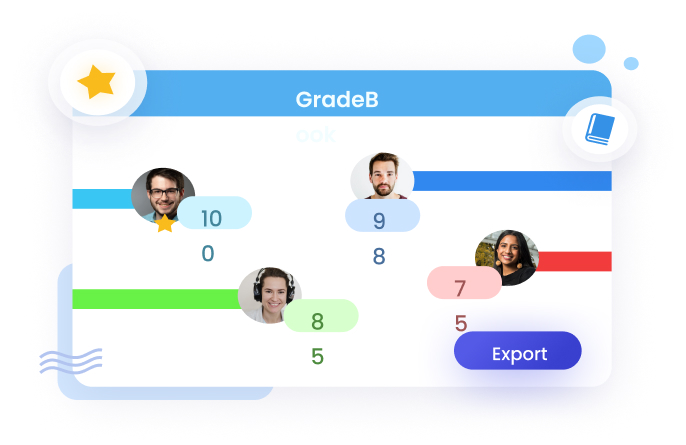
Designing training content ensures that it directly addresses the organization's specific learning objectives, solving the problem of training programs not aligning with organizational goals.
Well-designed content promotes engagement through interactive elements, multimedia, and learner-centric approaches, solving the problem of disengaged employees during training sessions.
By incorporating instructional design principles, the content enhances learning outcomes, solving the problem of employees not retaining or applying what they've learned.
Designing content for diverse learning styles and preferences ensures accessibility for all employees, solving the problem of certain individuals being excluded from training due to content format limitations.
Optimization of resources such as time, budget, and technology ensures efficient training delivery, solving the problem of unnecessary expenditure or underutilization of resources.
Content design with built-in assessment mechanisms enables the measurement of learning outcomes, solving the problem of difficulty in evaluating the effectiveness of training programs.
Addressing diverse learning preferences and needs reduces frustration among employees who may struggle with traditional training approaches, solving the problem of low morale or resistance to training.
Regular content updates ensure that employees are equipped with the latest skills and knowledge, solving the problem of outdated skill sets hindering job performance.
Designing content that is efficient to deliver streamlines the training process, solving the problem of time-consuming or cumbersome training sessions.
Effective training content facilitates employee development by addressing skill gaps and fostering continuous learning, solving the problem of stagnant career growth or limited opportunities for advancement.
Continuous improvement based on feedback and performance data maximizes the return on investment in training initiatives, solving the problem of unclear or underwhelming ROI.
Standardized content development processes ensure consistent quality across all training materials, solving the problem of varying effectiveness or relevance of training programs.

It serves as a valuable resource for L&D professionals during training sessions, providing a structured outline and content to guide their instruction.
A manual ensures consistency in training delivery across different sessions and instructors, maintaining uniformity in the learning experience for all participants.


L&D professionals can use the manual to prepare for training sessions, ensuring they cover all necessary topics and activities effectively.
Manuals can be tailored to suit the specific needs of different audiences or training objectives, allowing L&D professionals to customize content as needed.


L&D professionals can refer participants to the manual for post-training support, reinforcing learning and providing additional resources for ongoing development.
Manuals serve as Documentation of training content and objectives, facilitating evaluation of training effectiveness and identifying areas for improvement.


By designing and updating training manuals, L&D professionals enhance their instructional design skills and contribute to the continuous improvement of training programs within the organization.